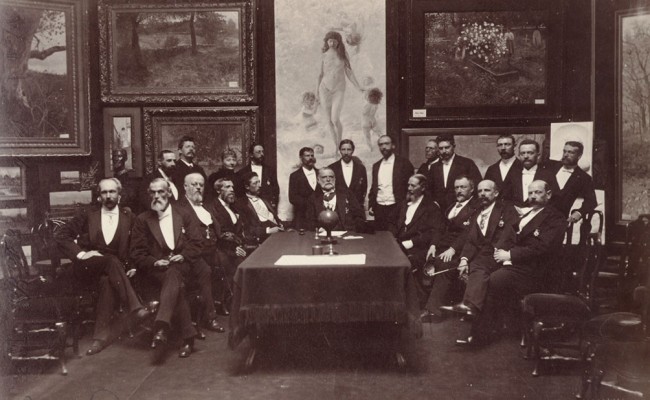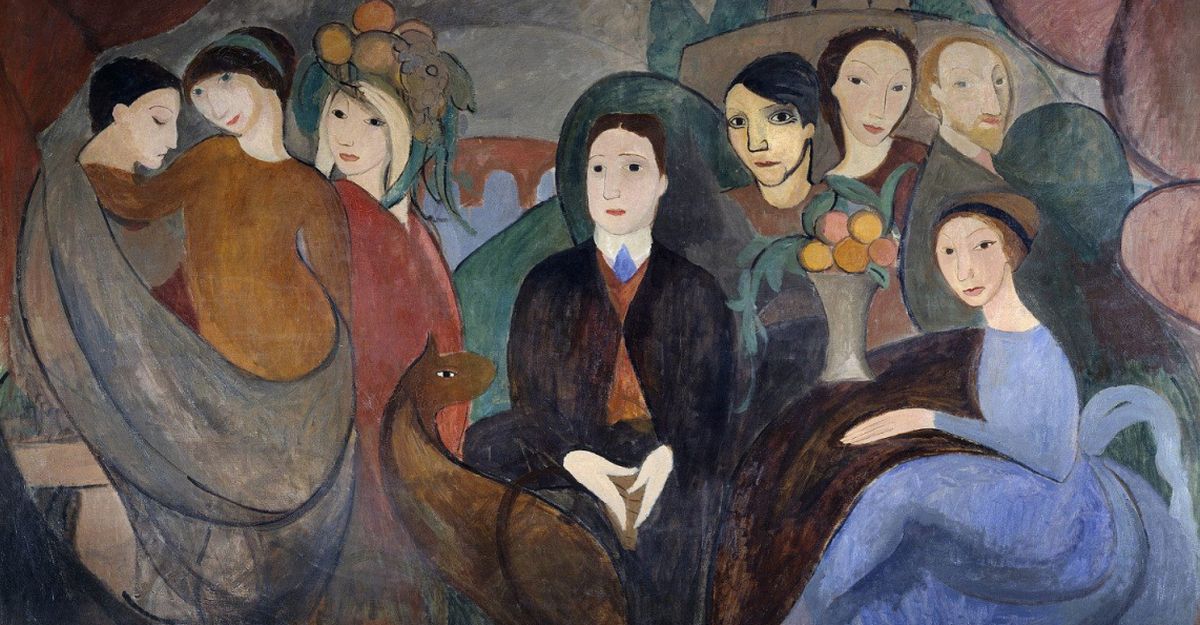Every child of colour in Australia attempts, at some stage in their life, to assimilate. It is a cultural affliction, one tied deeply to racialised xenophobia and the widespread valorisation of white Australia. Now, when I look back at my early efforts to champion literary theory, I realise that I was always fighting a losing battle.
Perhaps it was this tendency to assimilate that drove me to pursue an honours in English at the University of Melbourne. At that stage, I must have thought that somewhere among all that knowledge, all that money, all that prestige, I’d find support for my voice. I thought I’d become a better writer, more well-versed in the literary greats and thus more capable of deploying their craft in my own creative work. On the contrary, the program trained into me a homogeneous and regimented methodology for constructing a minor thesis that I’m still struggling to unlearn and dissociate from the methodology I use when writing.
Theory may well be an effective conduit for academic production, but, as I’ve learnt, this is not necessarily the case for literary production: knowing about literature is quite different to knowing how to actually produce literature. Learning theory can provide historical context, hone close reading skills and give insight into the structural processes at play, but those are not the essential skills needed for the production of creative work. In fact, the effects of theory can often interrupt creative flow.
A writer can utilise theoretical paradigms in their work, but, in practice, this often amounts to writing that is inaccessible, convoluted and contrived. This is most apparent in the work of younger writers whose attempts to involve theory can engulf their own voice and compromise their coherency.
The supposedly pivotal salience of literary theory is particularly problematic because it fails to acknowledge that the academy can be inaccessible for many writers of colour. Indigenous and migrant children face disproportionate and systemic discrimination in school systems throughout the country, which makes it significantly harder for them to reach university and succeed once there. Even for those writers of colour who are privileged enough to have had access to university, like myself, the pervasive whiteness of humanities courses within the institutions prove incredibly alienating. Aside from the token week on race that features in many literature courses, classes tend to teach a literary history that barely recognises the contributions of migrants, women and Indigenous authors.
Despite ample exceptions, theoretically heavy literature also tends to be a white man’s endeavour. White writers are granted the right to their creative abstraction, to writing for a certain bubble of literary consumers, whereas that same liberty is rarely extended to writers of colour, who are commonly expected to be both accessible to everyone in their themes and forthright in their tone. If theory is the apt description of phenomena and human experience, then perhaps living as a person of colour is embodied experience enough.
What I found at university was a mass delusion: a nostalgic daydream about rural and suburban Australia that made little to no mention of the impact that minorities continue to make on the literary landscape of this country and the world.
Any conversation of this nature cannot ignore that both theory and institutions are alienating spaces for minorities. Novels written by white authors, theories devised by white theorists, classrooms occupied by white students and ivory towers graced by white faculty for years convinced me there was no space in the literary world for any deviation from that institutionally ordained whiteness.
It is in the context of this institutional whiteness that I situate the historical emphasis on literary theory in creative writing programs. The expectation that creative writers have knowledge of literary theory makes gaining formal writing training more time consuming and expensive and can alienate Indigenous and/or people of colour from an Australian publishing community already extremely lacking in diversity. In fact, this is likely one of the reasons underpinning the crippling problem of diversity in Australian publishing today.
From the perspective of class, people of colour are statistically less able to take the same amount of time away from work or afford professional development, which many other emerging writers readily utilise. These writing programs can lead to further opportunities like literary events, festivals and contacts. To draw parallels between class and race here is not to suggest that white people cannot have low socio-economic statuses, only that economic marginalisation falls disproportionately along racial fault lines. I often wonder how much more I could have committed to my studies if I hadn’t been working two jobs.
Culturally, there is also a pressure on creative people of colour to take fewer risks, because we do not have the same financial support systems in place. This means that the creative risks we do take must be considerably safer, with lower return. Once again, the fault lines for racism and classism closely overlap.
If the Australian literary and publishing community is attempting to rectify its structural whiteness, it must start by looking at the sites where the formal training of creative writing is occurring. Certainly, there are pockets of the country where this realignment is already shifting. Publications like Southern Crossings and Peril prioritise voices from the diaspora and publishing houses like IAD Press and Magabala Books continue to produce incredible Indigenous writing. What remains to be seen, though, is whether this slow change will preserve highbrow literary traditions or dismantle the systems keeping these traditions in place.
In order to facilitate true diversity in the literary community, editors, publishers and educators must re-evaluate who the standards of good literature are built to reward and what unconscious biases insidiously infiltrate into the reading practices we adopt.
Image: The Royal Swedish Academy of Fine Arts, Stockholm, Sweden (1889)






